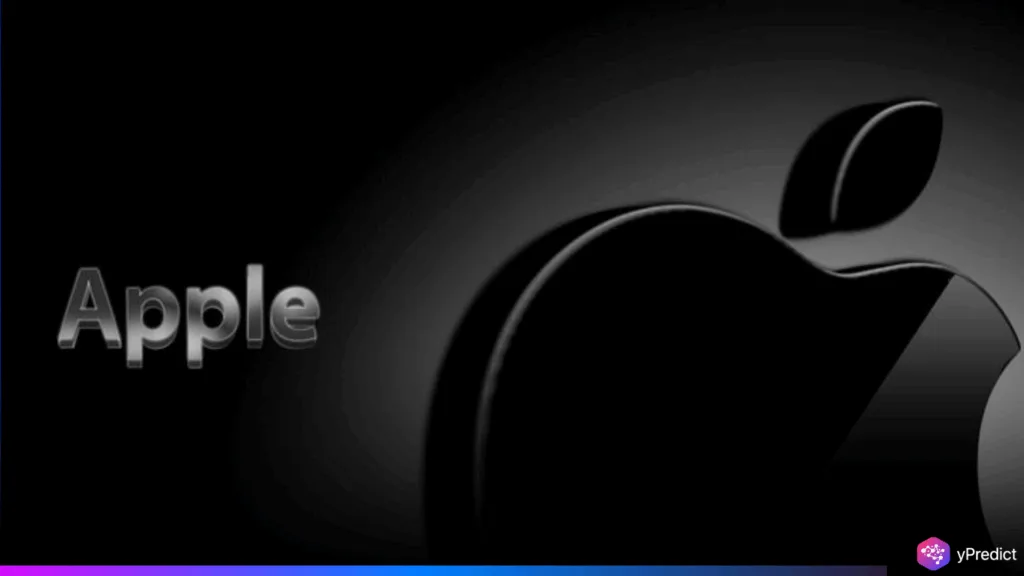
Apple is considering using generative AI in the design of its own chip platforms, said Johny Srouji, the Senior VP of Hardware Technology at Apple. Receiving an award in Belgium by semiconductor R&D group Imec, Srouji stated how AI will increase productivity and improve workflows in chip design. The trouble started with the A4 chip in 2010, which led to the current strong chips available in the Macs and the Vision Pro headset. Srouji emphasized the necessity to implement innovative tools such as electronic design automation (EDA) software with AI capabilities to remain competitive in the market of semiconductor devices.
Generative AI in Semiconductor Design Will Reduce Time
As a part of his speech, Srouji described how using generative AI could create a dramatic decrease in design time and handle the complexity that modern silicon architecture presents. He cited the growing responsibility of EDA businesses, especially Cadence Design Systems and Synopsys, that are integrating AI in their systems. These aids assist in the automation of complex processes like layout optimization, component placement, and verification of the performance, which are fields that have necessitated heavy involvement of humans and time. Srouji said that EDA companies are extremely essential to help us with our complexities in chip design. He further emphasized that AI instruments were capable of doing more design work in shorter time frames.
Increasing complexity of the chips, particularly the expansion of Apple into new product categories, such as mixed-reality headsets, results in the need to accelerate the design processes without sacrificing quality. Generative AI, when fed large quantities of past chip layouts and limitations, can guide engineers to propose, simulate, and test their designs more quickly than ever before. The importance of interest to Apple fits a larger industry trend as chipmakers seek to automate AI-based approaches to handling smaller and smaller nodes, thermal issues, and system-on-chip (SoC) integration. Srouji’s remarks suggest Apple isn’t just following the trend but planning to lead in how AI tools reshape chip design.
Betting Big on Custom Silicon, No Backup Plan
One of the boldest moves in Apple’s hardware history was the transition from Intel chips to Apple Silicon in Mac computers. Srouji revealed that when the company made this leap in 2020, there was no fallback plan. “There was no backup plan, no split-the-lineup plan, so we went all in,” he said. This move marked a turning point for Apple, cementing its belief in owning the entire hardware stack, from silicon to software. The success of the M1 and M2 chips in powering desktops, laptops, and even high-end devices like the Vision Pro has validated this strategy.
According to Srouji, the lesson Apple learned was to commit fully to innovation, even when the stakes are high. He credited Apple’s integrated hardware-software teams for making the switch work seamlessly. “It included a monumental software effort,” he said, referring to reengineering macOS and core applications to support the new chip architecture. This “all-in” approach underscores Apple’s culture of risk tolerance when backed by conviction. It also explains the company’s confidence in exploring AI in chip design, signaling a future where Apple may rely less on traditional design cycles and more on AI-accelerated hardware development.
Apple Signals Future of AI-Driven Hardware
The apparent interest of Apple in the application of AI to chip design is a significant change in the way the next-gen equipment might be created. As the challenges increase and the periods shorten, the firm seems prepared to adopt AI as a strategic asset in hardware research and development. Supporting risky decisions, such as switching the Mac to a chip, and experimenting with smart AI tools, Apple is keeping itself at the forefront of semiconductor production. The statements of Srouji speak not only about the ambitiousness of Apple but about an industry trend towards even more intelligent, faster, and AI-assisted engineering. A winning roadmap can mean that Apple chips will soon develop a faster curve than ever before, and that can be smart like never before.






